Mangrove trees are some of the most resilient and fascinating plants in the world. Their unique ability to thrive in harsh coastal environments has made them a vital component of many ecosystems. But have you ever wondered how long these incredible trees can live? As a professional aquarium enthusiast with a passion for mangroves, I’ve spent a lot of time learning about these amazing plants, both in the wild and in aquarium settings. Let’s dive into the lifespan of a mangrove tree and what factors influence it.
Understanding Mangrove Trees
What Makes Mangroves So Special?
Mangroves are a group of trees and shrubs that live along coastlines in tropical and subtropical regions. They’re known for their complex root systems, which not only provide stability but also play a crucial role in coastal protection, preventing erosion, and supporting marine life.
One of the most remarkable things about mangroves is their ability to survive in environments with high salinity. Their roots filter out salt from seawater, and their leaves excrete excess salt, allowing them to thrive where few other plants can.
Types of Mangrove Trees
There are several types of mangrove trees, including red mangroves, black mangroves, and white mangroves. Each species has its own unique characteristics, but they all share a common ability to live in harsh, saline environments.
🔴🚫 Mangrove Fact:
Mangroves have been around for millions of years and are some of the oldest living plants on Earth. They’ve adapted to survive in conditions that would be challenging for most other plants.
The Lifespan of a Mangrove Tree
How Long Can Mangroves Live in the Wild?
In the wild, mangrove trees can live for several decades, and some species can even survive for over 100 years! The exact lifespan of a mangrove tree depends on various factors, including the species, environmental conditions, and threats from human activity or natural disasters.
✅ Good: Mangroves Are Long-Lived Plants
The longevity of mangrove trees makes them an excellent choice for coastal protection and habitat restoration. Their long lifespan allows them to provide continuous benefits to the ecosystem, such as stabilizing shorelines and supporting marine life.
❌ Bad: Environmental Threats Can Shorten Lifespan
Unfortunately, mangroves face numerous threats, including deforestation, pollution, and climate change. These factors can significantly reduce their lifespan and negatively impact the ecosystems that depend on them.
Mangroves in Aquariums: What to Expect
When grown in aquariums, mangrove trees can still live for many years, although their lifespan may be shorter than in the wild. The conditions in an aquarium are different from their natural habitat, so it’s essential to provide the right care to ensure they thrive.
✅ Good: Mangroves Can Thrive in Captivity
With proper care, mangroves can live for several decades in an aquarium setting. They’ll continue to grow and develop their unique root systems, providing aesthetic appeal and natural filtration to your tank.
❌ Bad: Neglect Can Lead to Early Decline
Mangroves require specific conditions to thrive in an aquarium, such as adequate lighting, proper water quality, and enough space for root development. Neglecting these needs can lead to stunted growth or even the premature death of the plant.
Factors That Influence the Lifespan of Mangrove Trees
Environmental Conditions
The environment plays a significant role in determining how long a mangrove tree will live. In the wild, mangroves are exposed to a variety of conditions, such as tides, salinity levels, and temperature fluctuations. These factors can either support or challenge the tree’s survival.
In an aquarium, replicating the natural conditions of a mangrove’s habitat is crucial for its longevity. This includes providing the right amount of light, maintaining stable water quality, and ensuring the roots have enough space to grow.
🔴🚫 Fun Fact:
Mangroves have specialized aerial roots called pneumatophores that allow them to breathe in waterlogged soil. These roots stick out above the water’s surface and help the tree obtain oxygen.
Care and Maintenance
Caring for mangroves in an aquarium requires attention to detail. Regular maintenance, such as pruning the roots and leaves, monitoring water quality, and adjusting lighting, is essential for the tree’s health and longevity.
One personal anecdote that comes to mind is when I first introduced red mangroves to my aquarium. I was amazed by how quickly they adapted to the environment, but I also learned the hard way that neglecting their root development can lead to problems. After noticing some yellowing leaves, I realized I hadn’t provided enough space for the roots to grow. After adjusting the setup and giving the roots more room, the mangroves bounced back and continued to thrive.
✅ Good: Regular Maintenance Promotes Longevity
Taking the time to care for your mangroves properly will ensure they live a long and healthy life. Regular pruning, monitoring, and adjustments can make a significant difference in their growth and survival.
❌ Bad: Poor Care Can Lead to Early Decline
Neglecting the needs of your mangroves can result in stunted growth, yellowing leaves, or even death. It’s important to stay on top of their care to avoid these issues.
Threats and Challenges
Mangroves face several threats that can impact their lifespan, both in the wild and in captivity. In the wild, these threats include deforestation, pollution, and climate change. In an aquarium, challenges may include poor water quality, inadequate lighting, and overcrowding.
🔴🚫 Mangrove Fact:
Mangroves play a crucial role in carbon sequestration, absorbing large amounts of carbon dioxide from the atmosphere and helping to mitigate climate change.
How to Maximize the Lifespan of Your Mangroves
Provide the Right Environment
Creating the right environment is the key to ensuring your mangroves live a long and healthy life. This includes providing adequate lighting, maintaining proper water quality, and giving the roots enough space to grow.
✅ Good: A Stable Environment Promotes Growth
A stable environment with consistent care will support the growth and longevity of your mangroves. This includes regular water changes, monitoring water parameters, and providing the right amount of light.
❌ Bad: Inconsistent Care Can Lead to Problems
Inconsistent care or neglecting the needs of your mangroves can result in stunted growth, yellowing leaves, or even death. It’s important to stay on top of their care to avoid these issues.
Regular Pruning and Maintenance
Pruning the roots and leaves of your mangroves is essential for their health and longevity. This helps prevent overcrowding in the tank and ensures the plant continues to grow and thrive.
One personal tip I’ve found helpful is to prune the roots of your mangroves regularly, especially if they’re starting to take over your tank. This not only helps control their size but also encourages new growth, leading to a healthier plant overall.
✅ Good: Pruning Encourages Healthy Growth
Regular pruning helps control the size of your mangroves and encourages new growth, leading to a healthier and longer-lived plant.
❌ Bad: Neglecting Pruning Can Lead to Overcrowding
Neglecting to prune your mangroves can result in overcrowding in your tank, which can stress the plant and lead to stunted growth or other issues.
Protecting Mangroves from Threats
Protecting your mangroves from threats, such as poor water quality or inadequate lighting, is essential for their longevity. Regular monitoring and adjustments can help prevent issues and ensure your mangroves continue to thrive.
🔴🚫 Fun Fact:
Mangroves provide habitat for a wide variety of marine life, including fish, crabs, and birds. They’re often referred to as the “nurseries of the sea” because of the critical role they play in supporting marine ecosystems.
Final Thoughts: The Lifespan of Mangrove Trees
Mangrove trees are incredibly resilient plants that can live for decades, both in the wild and in aquariums. By providing the right care and environment, you can ensure your mangroves thrive and continue to contribute to a healthy aquatic ecosystem.
At Save Mangroves Nursery, we’re committed to providing you with healthy Live Red Mangrove Plants that are ready to add to and naturally filter your Saltwater, Freshwater, or Brackish Aquarium tanks. We ship out to all 50 states daily, so you can get started on creating a thriving aquatic environment in no time.
Whether you’re a seasoned aquarium enthusiast or just starting out, understanding the lifespan of mangrove trees and how to care for them properly will help you enjoy these fascinating plants for years to come.
Best seller products
-
18”-24” Red Mangroves With Roots & 2-4 Leaves
Price range: $34.99 through $87.99 -
28″ Red Mangrove Tree – Fully Mature Plant
Price range: $0.00 through $230.00 -
10”-14” Red Mangroves With Roots & 2-4 Leaves
Price range: $19.99 through $47.99 -
30″ Red Mangrove Tree – Fully Mature Plant
Price range: $0.00 through $180.00 -
Red & Oriental Mangrove Combo Bundle
Price range: $29.99 through $44.99 -
[RARE] Orange Oriental Mangroves Propagule Seeds
Price range: $19.99 through $79.99
 Cart is empty
Cart is empty 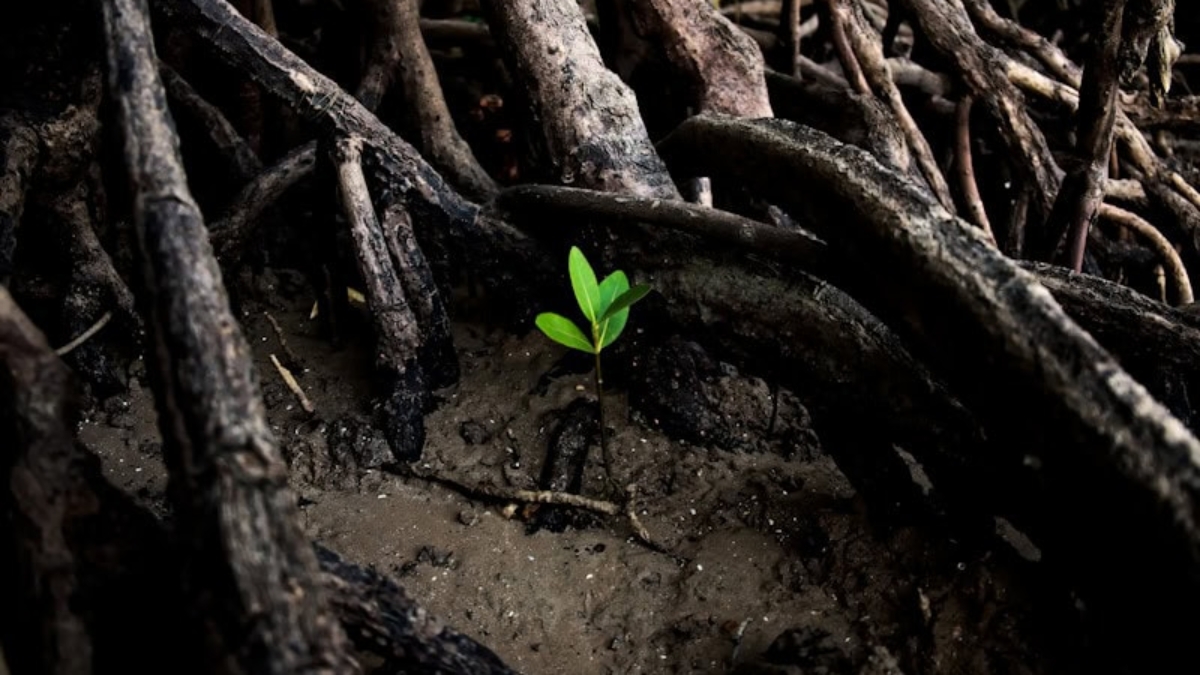



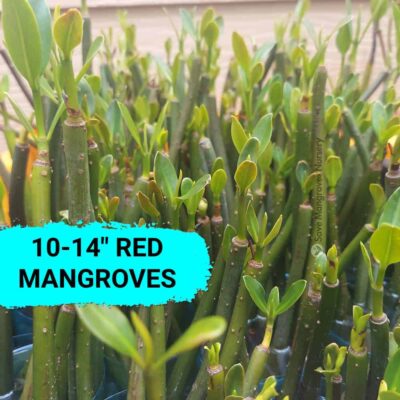
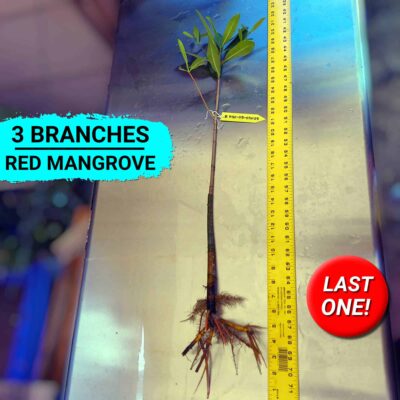
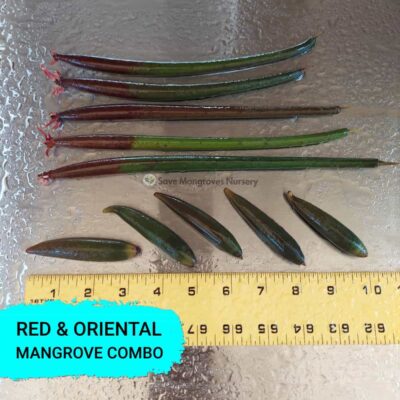
![[RARE] Orange Oriental Mangroves Propagule Seeds](https://savemangroves.com/wp-content/uploads/2025/07/Oriental-Mangrove-Seeds-Save-Mangroves-Nursery-400x400.jpg)
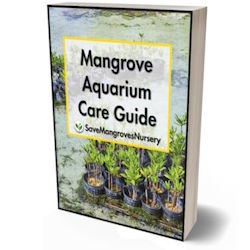
Add a Comment
You must be logged in to post a comment